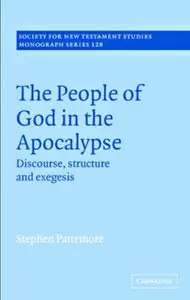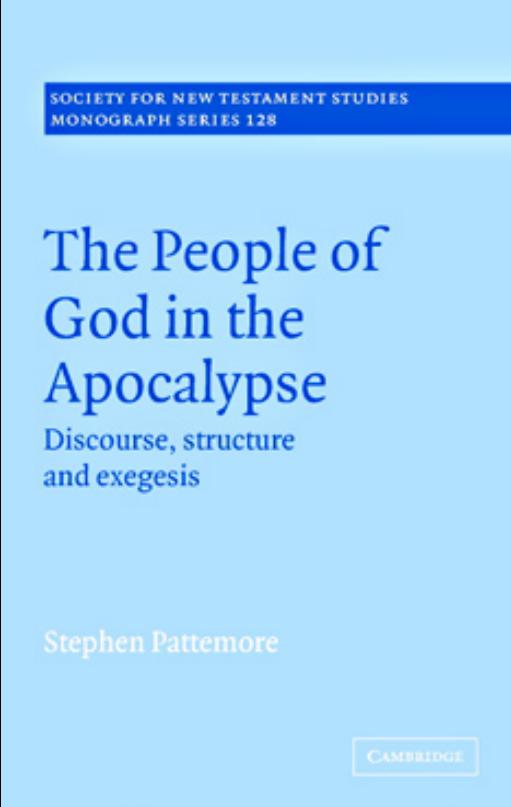The People of God in the Apocalypse: Discourse, Structure and Exegesis
Publisher: Cambridge Univ Pr | 2004 | ISBN: 0521836980 | English | True PDF | 272 pages | 2.45 Mb
Publisher: Cambridge Univ Pr | 2004 | ISBN: 0521836980 | English | True PDF | 272 pages | 2.45 Mb
This book examines how the original audience of the Apocalypse would have heard themselves portrayed in the visions of Revelation 4-22, and in what directions it would have motivated them. The challenge is following Christ's example of faithful witness, even to the point of death, and resisting rival claimants to the allegiance of the faithful. Stephen Pattemore uses Relevance Theory, a development in the linguistic field of pragmatics, to help understand Revelation against the background of allusion to other, biblical and non-biblical texts.
Stephen Pattemore examines passages within Revelation 4:1–22:21 that depict the people of God as actors in the apocalyptic drama and infers what impact these passages would have had on the self-understanding and behaviour of the original audience of the work. He uses Relevance Theory, a development in the linguistic field of pragmatics, to help understand the text against the background of allusion to other texts. Three important images are traced. The picture of the souls under the altar (6:9–11) is found to govern much of the direction of the text with its call to faithful witness and willingness for martyrdom. Even the militant image of a messianic army (7:1–8, 14:1–5) urges the audience in precisely the same direction. Both images combine in the final image of the bride, the culmination of challenge and hope traced briefly in the New Jerusalem visions.
Review
"…an important contribution to the study of Revelation 4-22…" - Ashland Theological Journal, Russell Morton





